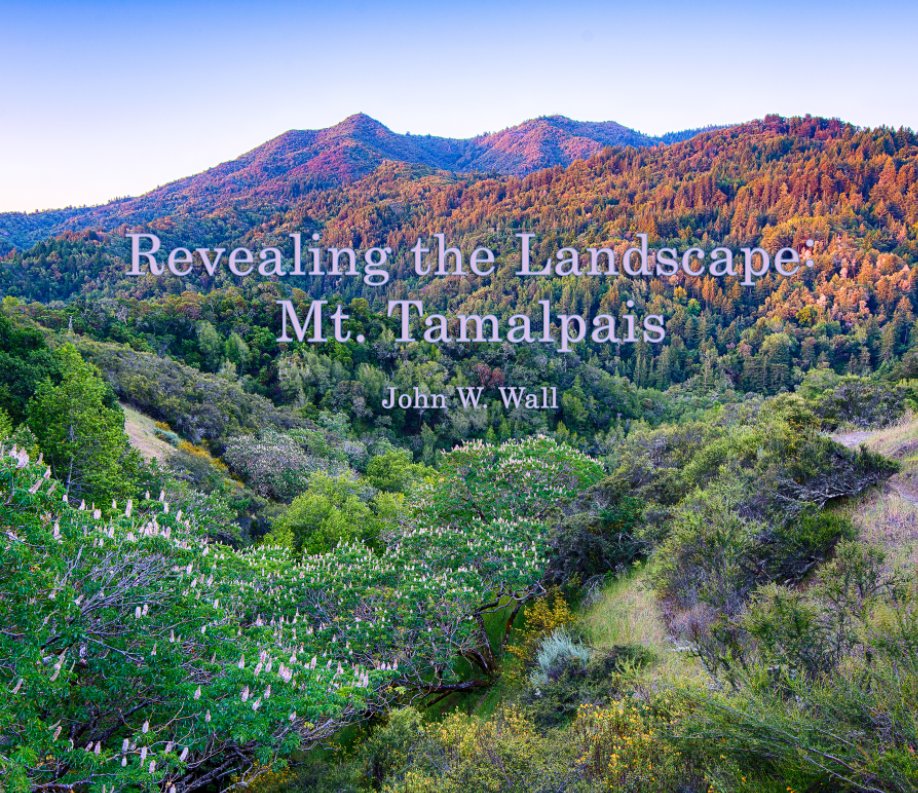 |
| Downy Woodpecker on Oak at Whiskey Hill, Golden Gate Park |
I'd gone through nearly my whole walk through the Oak Woodland, the Fuchsia Dell, and Lily Lake on Friday morning without even taking my camera out of the knapsack, and I had little reason to think there'd be any action on my last leg before leaving the park via Whiskey Hill. However, a bunch of little birds took wing at my approach to an oaky section of the trail (the most birds I'd seen all morning), so I stopped to see what species they were, and whether any would stick around.
A moment later I noticed a downy woodpecker who seemed to figure the oak it was pecking into presented more upside than taking flight with the juncos and other sparrows. The industrious woodpecker paid me no mind as I photographed it to my heart's content. Despite the sunny day, it was mostly shade on the hill, and I needed ISO 3200 just to get a 1/100th sec. exposure without the flash -- a little slow for a busy woodpecker.
There was a large swell rolling in at Ocean Beach, but not a single surfer was out. The waves might have become enticing at that size with a brisk offshore wind (which might come to pass on Saturday).
When I got home and turned on the radio while fixing lunch, Science Friday was on and they were interviewing a guy who does research on downy woodpeckers! One of the interesting findings is that downies not only peck very fast, but exhale as they strike their target with their bill. The researcher likened the exhalation to grunting, which adds a little extra oomph to the strike. So if the woodpecker pounds the oak at, say, 15 pecks per second, it's sort of hyperventilating since each exhalation is followed by an inhalation.
 |
| Note the use of its tail feathers to brace against the tree for stronger pecking. |
Woodpecker at Work
 |
| I was surprised to see a monarch butterfly near the Bison Paddock and couldn't resist trying to photograph it. I got off my bike and waited expectantly while it almost landed on numerous different plants, only to eventually flitter too far away to chase. But just as I was heading back to my bike it circled back around, bumbling just a few feet from my legs at one point, and finally landing briefly on a nearby bush. |
A Brief Meditation
* * *



























































